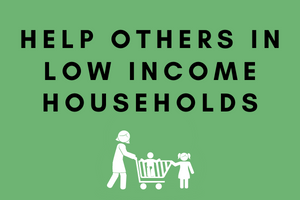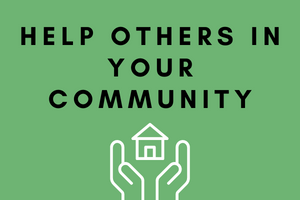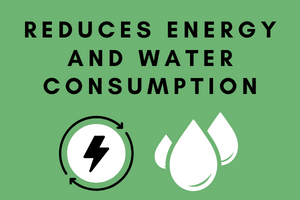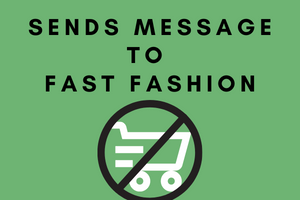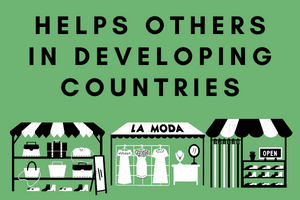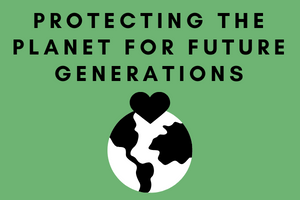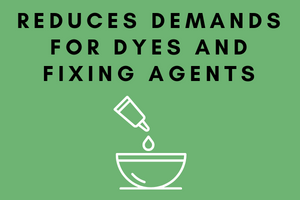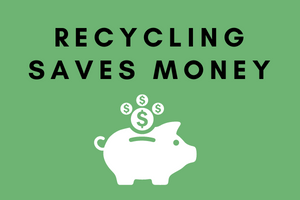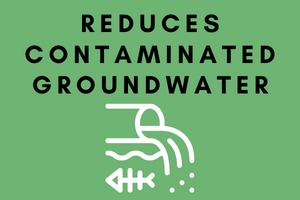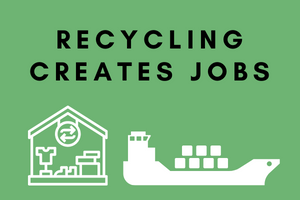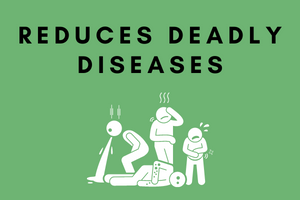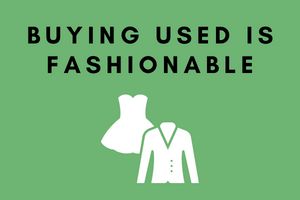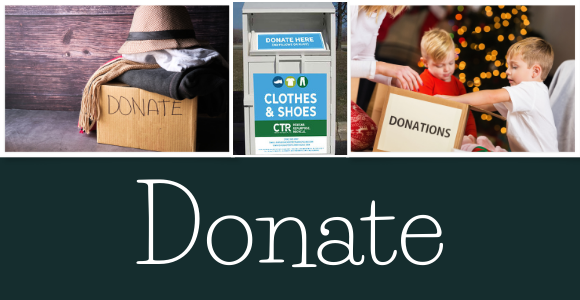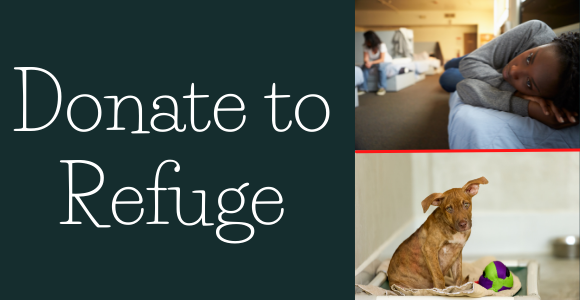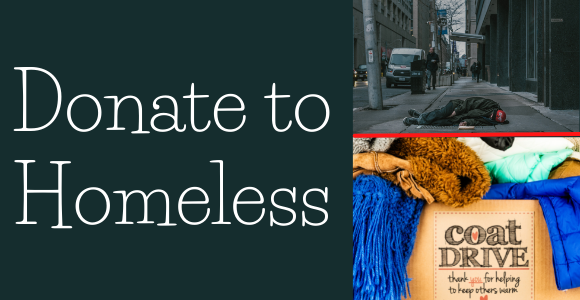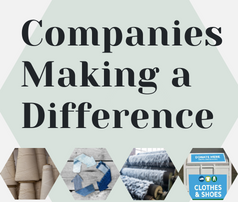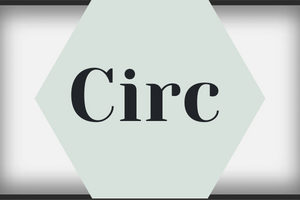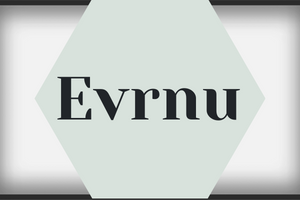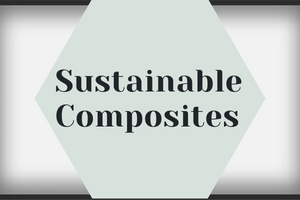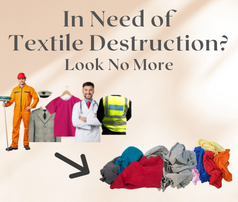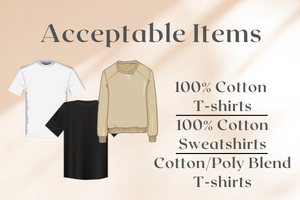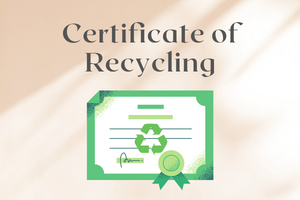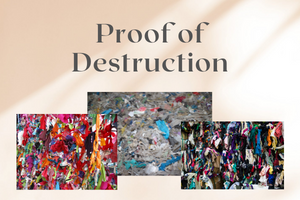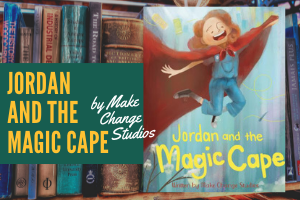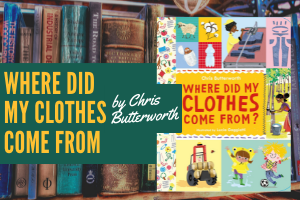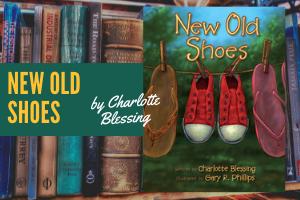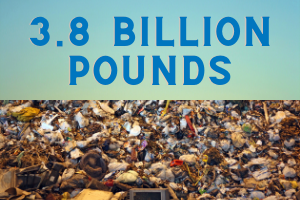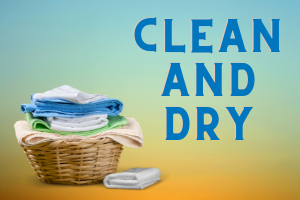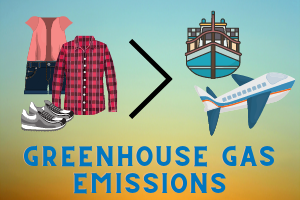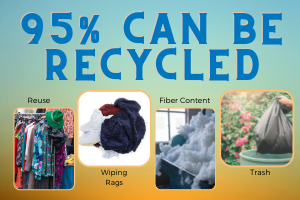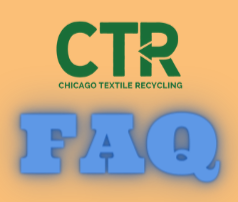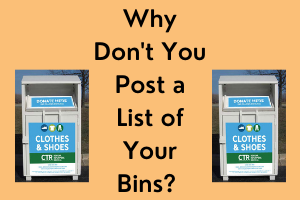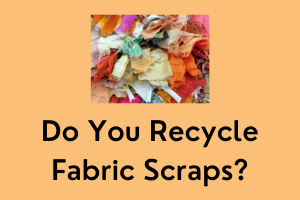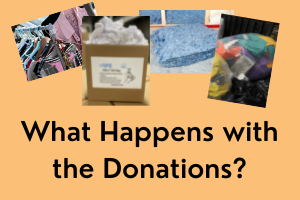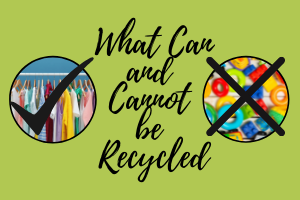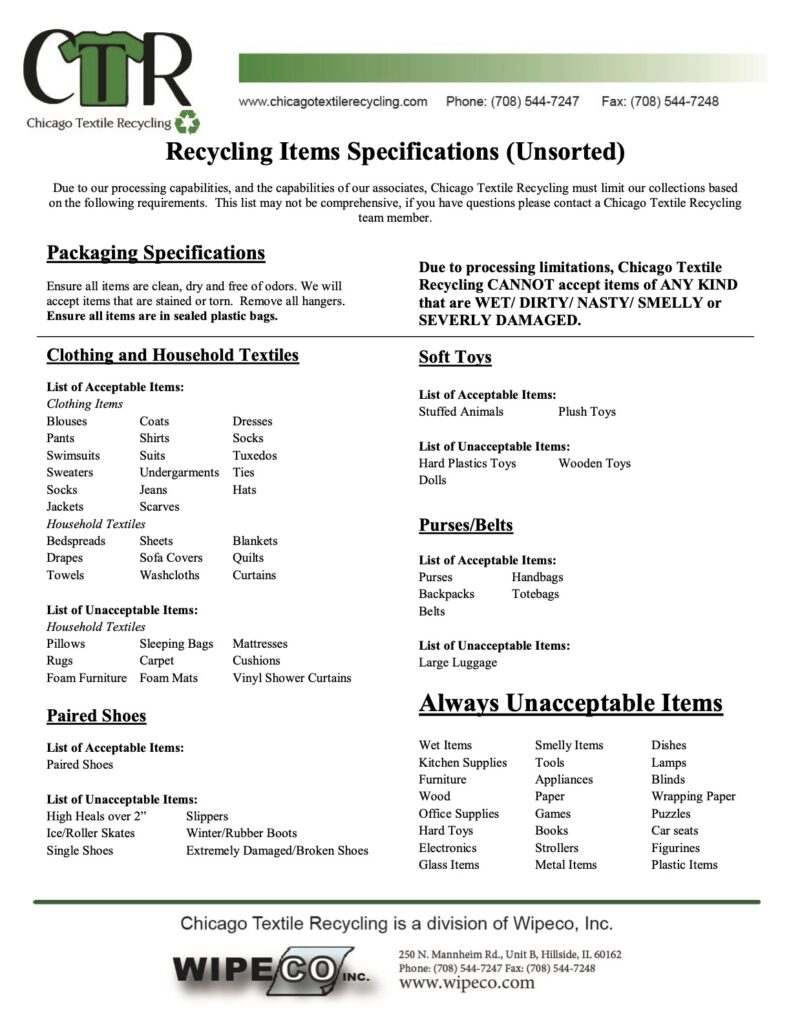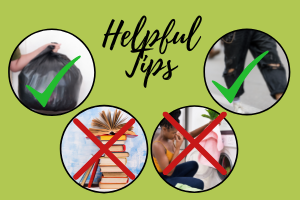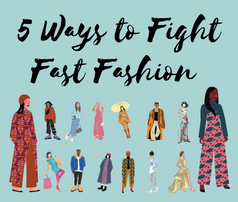 Fast Fashion
Fast Fashion
5 Ways to Fight Fast Fashion

This week is Fashion Revolution week. Part of caring for our planet is highlighting the importance of recycling textiles and keeping them out of landfills. Another part of caring for our planet is caring how new textiles are made, including the usage of water and energy, how dyes are used and disposed and the people making those very textiles. Each year, Fashion Revolution week highlights the importance of caring for the conditions textile workers face in their day to day making the clothing items we buy.
History of Fashion Revolution

The Fashion Revolution began in 2013, surrounding the news story about the Rana Plaza building in Bangladesh, which
“…housed a number of garment factories, employing around 5,000 people. The people in this building were manufacturing clothing for many of the biggest global fashion brands. The building collapsed and killed 1,134 people and injured more than 2,500 others, making it the fourth largest industrial disaster in history. The victims were mostly young women.” (found here)
Fashion Revolution week is about raising awareness and speaking out against companies that continue to abuse their textile workers through too little pay, long hours, terrible working conditions and various other reasons. It is about creating standards for these same workers and promoting clothing companies with sustainable clothing choices and ethical business practices.
Wondering how you can help? Here are five ways to fight fast fashion.
Social Media Awareness

“One of the simplest ways we can push for industry change is by using social media to challenge brands and hold them accountable to the people in their supply chain during Fashion Revolution week.” (Get Involved Guide, page 11)
How you do this is? Post a picture or video of yourself holding a poster from the Fashion Revolution website on any social media platform and tag the brand of clothing you are wearing. Hashtag your post according to the poster, the most popular of which is #WhoMadeMyClothes? Learn more about how you can help in this way on pages 10-11 of the guide here.
Email Your Policymaker

Another way to fight fast fashion is to email your policymaker and ask #WhoPaysLivingWages? In their “Get Involved Guide”, they offer an email template for doing this, which pushes “for tougher legislation to support” textile workers. You can find the template on page 15 of the guide. They also include a helpful link to find your local policymakers.
Become Knowledgeable About Textiles

Thirdly, Fashion Revolution offers a fanzine “Money Fashion Power” which “explores the hidden stories behind your clothing, what the price you pay for fashion means, how garment workers spend their earnings, and how purchasing power can make positive change.” You can find a link to the fanzine in the Get Involved Guide, page 21. There are also countless books published about textiles, that discuss everything from how clothing is made to the lifecycle of a textile to the history of sweatshops. Knowledge is power and simply educating ourselves about the rights of textile workers is sometimes all that is necessary to ignite passion in joining the cause to fight for others.
Share a Story

Sharing a story or writing a love letter about an article of clothing you own is a fourth way to fight fast fashion. One of the big problems with fast fashion is making textiles into completely disposable items, items that do not have importance or worth. But, if you have ever owned a pair of jeans that fit you like a glove, or been given a quilt that was on the bed of your great grandmother or found a pair of shoes that took away all of your foot pain, you know that this is not true. Textiles do and can have immeasurable worth. Textiles tell stories in and of themselves. Who made the shirt you were wearing? What was happening in that person’s life as they sewed on each sleeve? Who carried it in their cargo and how far did it travel? Each textile has a history and as we have posted in a previous blog, it is important to show respect for our clothes.
When you post a story or love letter, include the hashtags #LovedClothesLast and #FashionLoveStory.
Join the #SmallButPerfect Network

A final way to fight fast fashion is to join the #SmallButPerfect network that supports small businesses and connects them into a network “of change-makers and social enterprises who will transform fashion.” Small businesses often work hard to make sustainable, quality textiles that come from factories with quality living conditions and liveable wages. Supporting these small businesses and connecting them through a network helps them thrive and endure against the mega industry of fast fashion. Find out more in the Guide on pages 32 and 33.
Further Ways to Fight Fast Fashion
These five ways are a small sample to the many ways you can help fight fast fashion. The “Get Involved Guide” on Fashion Revolution’s website has further ways to get involved as well as being filled with information and support for consumers and producers of textiles.
Here at Chicago Textile Recycling, we care deeply about textiles. We care about where they end up, not in landfills but being recycled over and over to their end of life, and we care about where they come from, which includes the hands that weave the fabric and sew the pieces together. We hope that you, reader, will join us in our journey to educate others about the importance of textiles, that you will choose to recycle those in your care and further, that you will learn more about the starting point of these textiles and the hands that make them.








